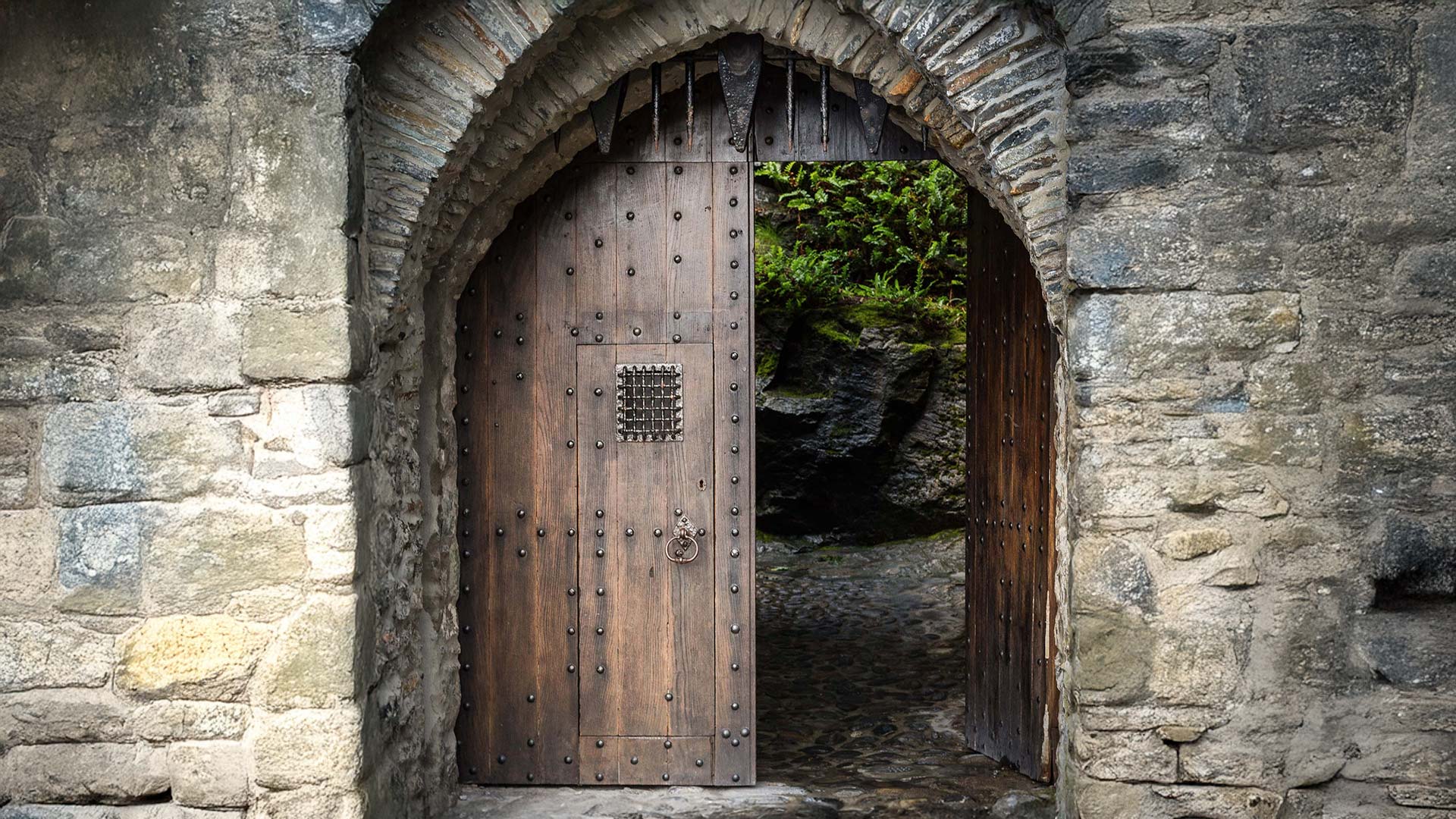When you think of Vikings, you probably picture longships, raids, and fierce warriors—not toilets. Yet the humble toilet played an important role in Viking Dublin, revealing surprising insights into how Norse settlers lived and organised their growing city.
What Were Viking Toilets Like?
Archaeologists excavating Dublin’s Viking Quarter (now part of Dublinia) uncovered wooden toilet pits—simple holes lined with planks, shared by several houses. Basic? Yes. But for the 9th and 10th centuries, they were smartly designed: waste was kept separate from homes and water sources, reducing disease in a busy settlement.
It might not sound glamorous, but this kind of planning showed that Viking Dublin wasn’t just a temporary camp—it was a thriving urban hub built to last.
What They Reveal About Viking Life
These toilets turned out to be a treasure trove for archaeologists. By studying preserved waste (or “coprolites”), they discovered:
- Diet: grains, berries, fish, and even imported goods from far-off trade routes.
- Health: parasites like roundworm, which were common in all medieval societies.
- City layout: the placement of toilets helped map out homes, workshops, and communal spaces.
They even proved the Vikings were city-builders as well as warriors—people who valued hygiene and clever urban design.
Smelly but Smart
Let’s be honest: these toilets weren’t pleasant. Without running water, they reeked. But compared to later medieval cities, where waste was dumped in the streets, Viking Dublin’s approach was far ahead of its time. It was smelly, yes, but it was strategic too—and vital to the city’s success.
Experience Viking Dublin for Yourself
Today, you can see Viking Dublin brought to life at Dublinia, where artefacts and reconstructed streets (toilets included!) paint a vivid picture of daily life.
At Valhalla Tours, we include stops here to share these lesser-known stories—the practical, everyday details that show Vikings as more than raiders. They were settlers, traders, and yes, even surprisingly organised when it came to sanitation.


 Splash
Splash